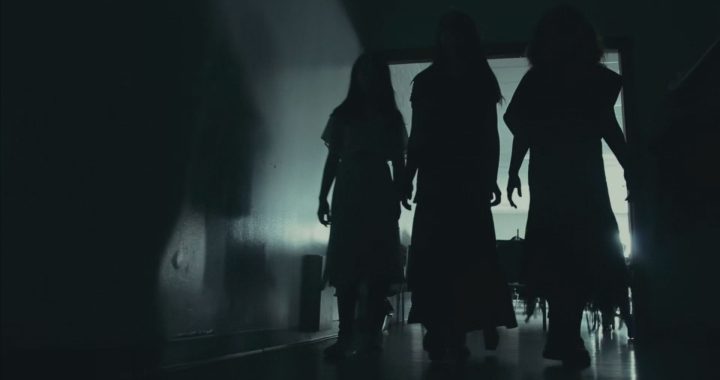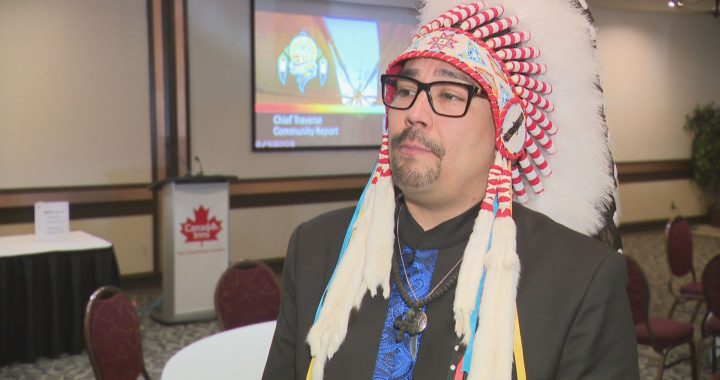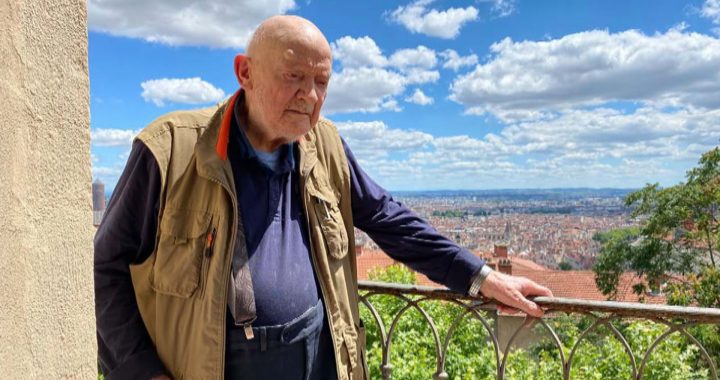Jorge Barrera
APTN National News
After she testified as the Crown’s star witness in Connie Oakes’ murder trial, Wendy Scott phoned a prisoners advocate to say the Cree woman was not at the scene of the crime, according to documents filed with the Court of Appeal of Alberta.
With no murder weapon, DNA or fingerprint evidence, the murder case against Oakes rested solely on Scott’s testimony.
Scott’s testimony during the trial was riddled with contradictions and some of her claims did not match the physical evidence gathered as part of the murder investigation of Oakes, a Cree woman from Nekaneet Cree Nation in Saskatchewan. Scott, however, maintained throughout the trial that she was there with Oakes when Medicine Hat, Alta., resident Casey Armstrong was murdered in the bathroom of his trailer during the May 2011 Victoria Day long-weekend.
It has now emerged that after she testified at the trial, Scott contacted Kim Pate, who is head of the Elizabeth Fry Society, seeking help because she didn’t believe Oakes was in Armstrong’s trailer at the time of the murder, according documents filed by the Alberta Crown fighting Oakes appeal of the murder conviction.
“She called Kim Pate after she testified in Oakes’ trial because she did not believe Oakes was at Armstrong’s trailer,” said the Crown document.
Oakes is currently serving a 14-year sentence after a Medicine Hat jury found her guilty of second degree murder. Armstrong was killed by a vicious knife wound to his neck that nearly decapitated him.
Oakes says she is innocent of the crime.
APTN National News has been investigating the case for over a year and interviewed Oakes in prison. Click here for full coverage.
Scott, who pleaded guilty to her involvement in the crime, is also before the Court of Appeal of Alberta trying to have her guilty plea quashed.
Scott has been assessed by a psychiatrist as having an IQ of 50.
The Crown filed the documents on Sept. 23 in response to Oakes’ appeal filing. Oakes is fighting her murder conviction based fresh evidence contained in an affidavit from Scott that is currently sealed. The appeal hearing is set for November.
The Crown’s filing, however, summarizes the main points in Scott’s affidavit.
Scott’s affidavit states she cooperated with the police and later the Crown to support their theory Oakes killed Armstrong because she was “very scared” and wanted “to be safe,” according to the Crown’s summary.
Scott’s affidavit claims investigators suggested details about the case to her and at one point identified the photograph of the vehicle police believed was used in the murder, according to the Crown summary.
Scott also states she was questioned weekly by police about the Armstrong murder between June 2011 and January 2012, but those interrogations were never mentioned in the disclosure to Oakes’ defence, according to the summary.
The Crown is arguing that the affidavit should not be used as fresh evidence in Oakes’ appeal case because it doesn’t meet the standard set out in case law. The Crown argues that Scott does not explain why she claimed during trial that she saw Oakes kill Armstrong.
“Oakes has characterized what Scott has done in this affidavit as a recantation, but it is not. It is the publication of vague assertions of belief without supporting information,” said the Crown’s submission. “While it would have been very simple for Scott to set out that she lied when she testified to seeing Oakes attacking Armstrong she has not done this.”
The Crown also states the three officers named by Scott as being involved in previously undisclosed interrogations have each filed affidavits contradicting the claim she was interrogated throughout the summer and fall of 2011.
Medicine Hat officers Sgt. Mike Fisher, Sgt. Jeff Klick and Sgt. Jason Graham all claim in an affidavit they only came into contact with Scott between December 2011 and January 2012. The officers state in the sworn affidavits that they only learned of Scott’s possible involvement in the murder in December 2011.
Medicine Hat police switched lead investigators on the Armstrong murder case after they failed to turn up any solid leads following seven months of investigation.
The officers’ affidavits also reveal that Scott repeatedly changed her story during interrogations, even claiming at one point that everything she said about Oakes was a lie, that the real killer was named “Ginger” and that she was covering for her.
At another point, Scott claimed that the killer was a man who had shown up one day around the time Armstrong was killed with bloodstains and asked that she sell some pills he obtained.
Scott later told police she had lied about the man’s involvement.
It emerged during Oakes’ trial that the man’s claim he was away working in Saskatchewan the weekend Armstrong was killed was corroborated by a cousin.
APTN has also learned that the red Grand-Am police believe was used in the murder was sold to a drug dealer named Ginger before the murder. Ginger, whose real name is known to APTN, has red hair.
An eye-witness who testified during trial said she saw two women, one with red hair and the other with long dark hair, in Armstrong’s drive-way putting a black duffle bag or garbage bag in the back of an old, red car.
The affidavits also show investigators at one point concluded Scott had nothing to do with the murder. This occurred after they asked her to take the police to Armstrong’s trailer, but she got lost before finally finding Armstrong’s trailer.
“On Dec. 7, 2011, it was decided to release her as it did not appear as though she participated in the homicide in any way and also did not help destroy evidence or have prior knowledge of what was planned,” stated Fischer, in his affidavit.
The police’s interest in Scott resumed a little less than a month later after she went to the station to deal with a warrant on a separate matter, according to Fischer’s affidavit. During the Jan. 5, 2012, police interview with Scott, she stated she had cancer and claimed a man was involved in the murder.
She then texted Fischer the next day saying she needed to speak with him and then over the phone stated she had to get “something off her chest.”
Scott then went through another police interview the next day and accused the man along with Oakes of the murder, stated Fischer’s affidavit.
It appears that a Jan. 10, 2012, interview with Scott formed the foundation of the case against Oakes. Scott was brought in after Staff-Sgt. Brent Secondiak, who was tasked with reanimating the murder investigation, ordered her arrest on a count of obstruction.
After her arrest, she went with the officers to Armstrong’s trailer once more and then to the home she had shared with Oakes around the time of the murder. (Oakes claims Scott moved in with her after the murder occurred).
Then police continued to interrogate Scott who repeatedly changed her story, claiming she wasn’t at the scene, that she was camping that weekend, that it was Ginger who was involved and that she was covering for her.
According to Graham’s affidavit, the officers continued to interrogate Scott until finally she admitted she was involved and provided details on Oakes’ involvement in the murder.
The next day she performed a re-enactment of the murder.
In her own appeal application, Scott alleges Medicine Hat police told her during the interrogations that Oakes issued a statement implicating her and that she faced 25 years in prison if she didn’t confessed.
No such statement from Oakes existed.
Graham states in his affidavit that he did mention an Oakes statement during the Jan. 10 interrogation, but in a round-about way.
“I also said that if I had spoken to Oakes, why would she say that Scott went into the house with her?” stated Graham, in the affidavit. “Scott vehemently denied that she had ever been in Armstrong’s house. I also said that if Oakes was trying to paint a picture of Scott that was wrong she needed to say so and Scott said that Oakes was doing that.”
@JorgeBarrera









